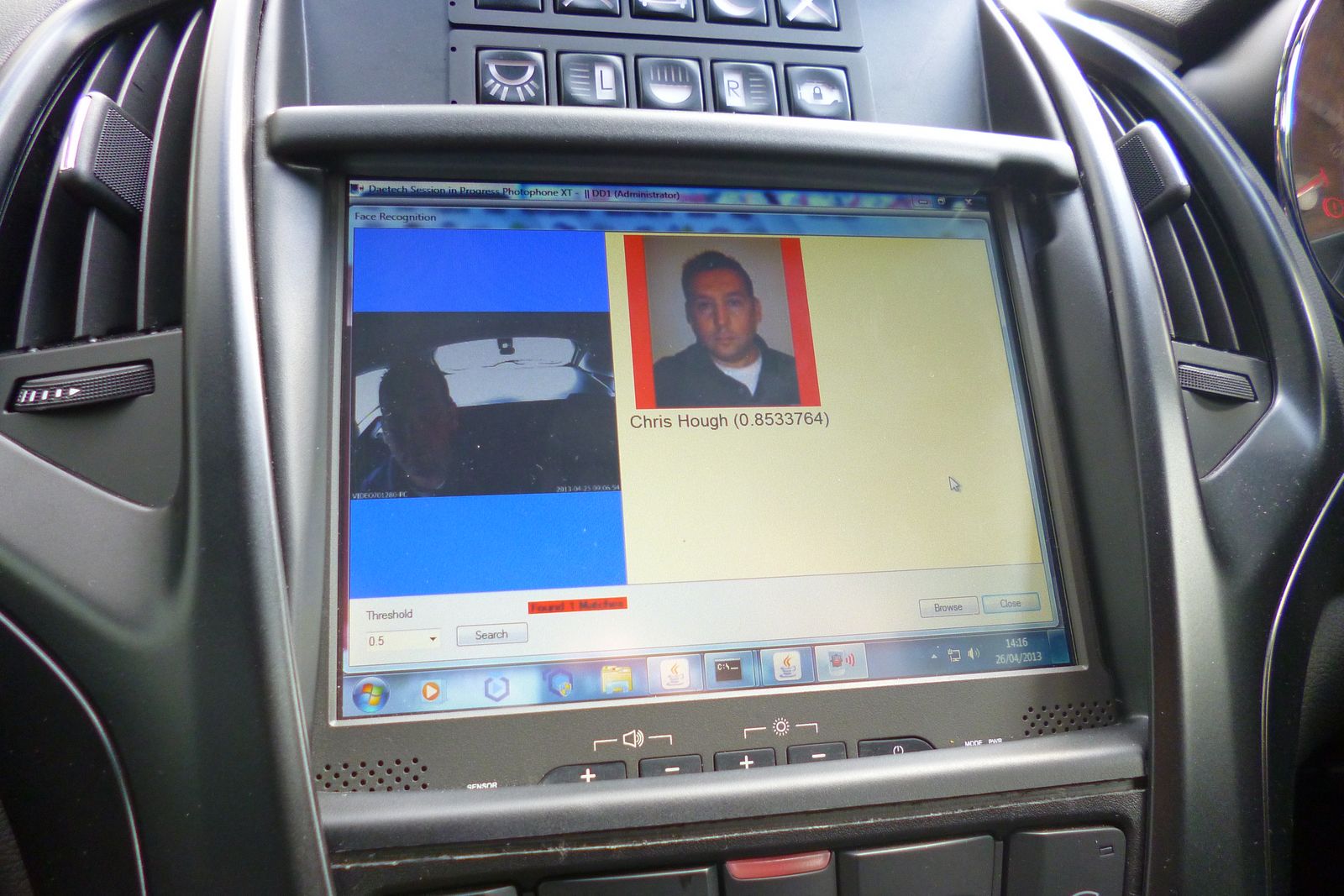
Forensic multimedia examination tools are essential for analyzing digital multimedia evidence in investigations and legal proceedings. Here’s a comprehensive step-by-step guide on how to use these tools effectively:
Step 1: Acquire Digital Multimedia Evidence
- Secure Collection: Obtain digital multimedia evidence following proper chain of custody procedures to preserve its integrity.
- Document Metadata: Record relevant metadata such as file properties, timestamps, and source information associated with the evidence.
Step 2: Select Forensic Multimedia Examination Tools
- Research Tools: Identify and choose appropriate forensic multimedia examination tools based on the type of evidence, file formats, and analysis requirements.
- Consider Features: Look for tools that offer features such as image enhancement, video stabilization, audio analysis, metadata extraction, and format conversion.
Step 3: Prepare and Organize Evidence
- Organize Files: Arrange digital multimedia evidence into organized folders or directories for easy access and management.
- Verify Integrity: Verify the integrity of the evidence by calculating hash values and comparing them before and after processing.
Step 4: Perform Initial Analysis
- File Identification: Use forensic tools to identify file types, codecs, and compression methods used in the evidence.
- Preliminary Examination: Conduct an initial examination to assess the quality, authenticity, and relevance of the evidence.
Step 5: Image Analysis
- Enhancement: Utilize image enhancement tools to adjust brightness, contrast, sharpness, and color balance for improved visibility.
- Object Recognition: Employ object recognition algorithms to identify and extract objects or patterns of interest within images.
- Metadata Extraction: Extract embedded metadata such as camera make and model, GPS coordinates, and timestamps from images.
Step 6: Video Analysis
- Playback: Play and review video footage using forensic video players to identify key events, timestamps, and anomalies.
- Frame-by-Frame Analysis: Analyze video frames individually to detect details, anomalies, or changes.
- Stabilization and Enhancement: Use tools to stabilize shaky footage and enhance video quality for clearer visualization.
Step 7: Audio Analysis
- Enhancement: Apply audio enhancement techniques to reduce noise, improve clarity, and enhance speech intelligibility.
- Voice Identification: Use voice recognition and speaker identification tools to analyze and identify voices within audio recordings.
- Transcription: Transcribe audio recordings into text format to facilitate analysis and interpretation.
Step 8: Forensic Reporting
- Document Findings: Document analysis findings, observations, and interpretations accurately and comprehensively.
- Generate Reports: Generate forensic reports containing detailed descriptions of the evidence, analysis methodologies, results, and conclusions.
- Maintain Documentation: Maintain thorough records of the analysis process, tools used, and any modifications made to the evidence.
Step 9: Peer Review and Validation
- Peer Review: Seek peer review and feedback from fellow forensic examiners or experts to validate analysis findings and interpretations.
- Quality Assurance: Ensure that forensic examinations adhere to established standards, protocols, and best practices to maintain quality and reliability.
Step 10: Legal Presentation
- Expert Testimony: Prepare to present forensic analysis findings as expert testimony in legal proceedings, if necessary.
- Educate Stakeholders: Educate legal professionals, law enforcement officers, and other stakeholders on the significance and relevance of forensic multimedia evidence.
By following this step-by-step guide and leveraging forensic multimedia examination tools effectively, forensic examiners can conduct thorough and objective analysis of digital multimedia evidence to support investigative efforts and legal proceedings.

56hpzo